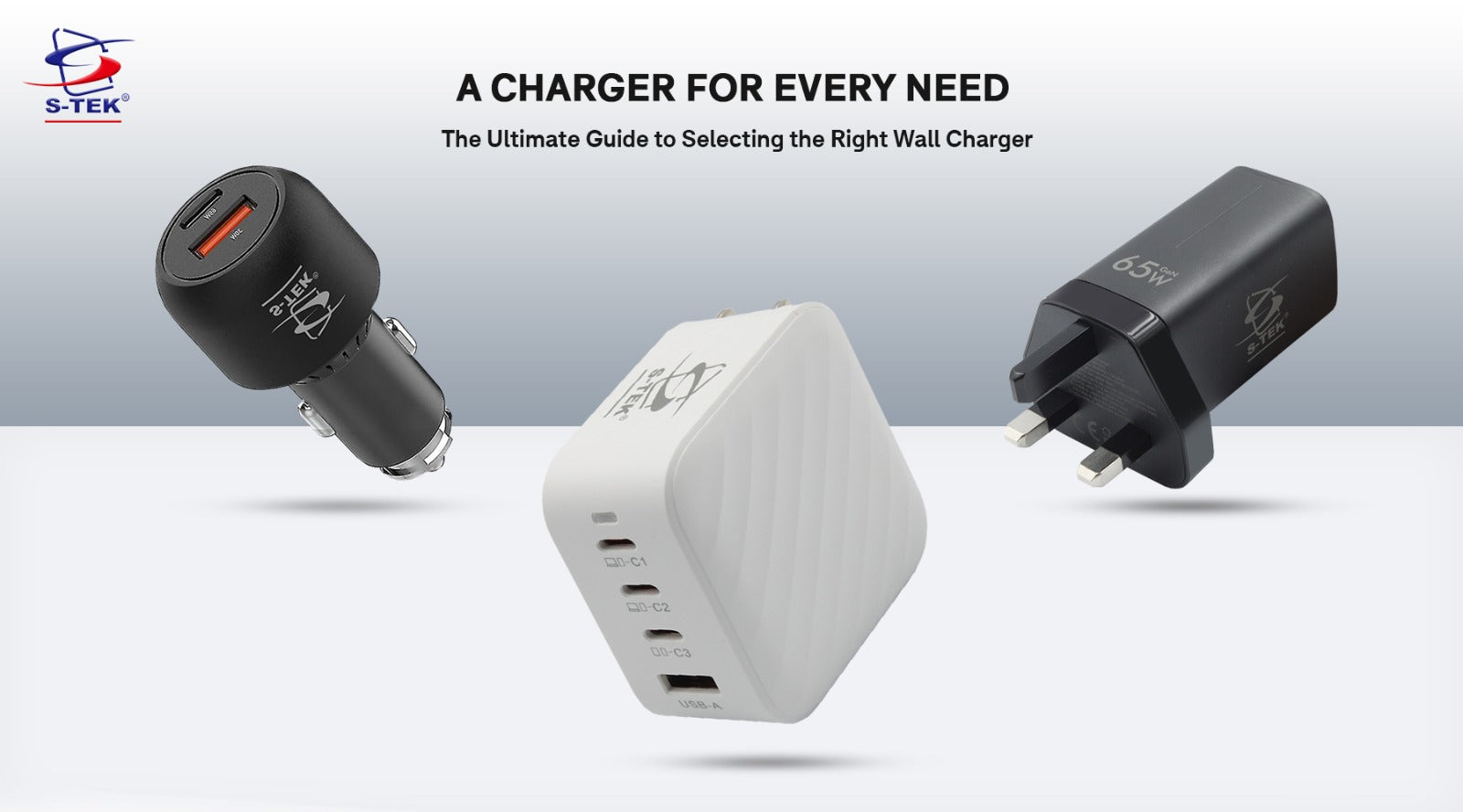
Exploring Differences Between 4K and 8K HDMI Cables
4K and 8K HDMI cables are primarily used for high-definition videos and audio. For those who are not geeks, here is a quick introduction to what HDMI cables are and how it enhances your digital experience. HDMI, also known as High Definition Multimedia Interface, is a cable that is used worldwide for transmitting high-quality videos and audio signals between devices. The cables are physically attached to a certain device, to produce exclusive quality output to the consumer. There are different kinds of HDMI in the market and it could be tough to choose the ideal one for your use. Before you purchase one from your nearest electronic store, here are some factors you should consider:
- Cable Categories
- Cable Type
- Cable Length
- High-speed Rating
- HDR Compatibility
As mentioned above there are various kinds to choose from. The most common ones include Category HDMI 1, High-speed HDMI Category 2 and Premium High-speed HDMI cable. As the technology has improved over the time, so has the HDMI experience. In today’s blog, we will focus on which HDMI is a smart choice to invest in. 4K or 8K ? If you feel overwhelmed by the terms or have no idea what they mean, don’t worry, as we will take you through an informative read, explaining what they are and which one you should choose.
What are 4K and 8K HDMI Cables?
HDMI 4k is a technology that is used to transmit superior quality of videos through any device. HDMI is popularly used in connecting to TVs, computers, gaming consoles, projectors and so on. 4K stands for the exuberant display resolution that provides the consumer with clean crisp digital experience. The resolution is up to 4000 pixels, to be exact, it is 3840 x 2160 pixels. This resolution is 4 times greater than FULL HD displays, which makes HDMI 4K for TV an ideal choice. When you hear someone mention 4K in a conversation, they are most likely referring to a feature of the cable that can transmit video/audio in 4K resolution.
To experience a flawless display, one should ensure that the source device such as the gaming console supports 4K and is connected via HDMI cable, able to bear the high-quality bandwidth of the latest technology. Cables that support 4K are known as HDMI 2.0 or HDMI High-speed. In recent times, it has become a popular choice due to its advanced features such as High Dynamic Range ( HDR) and Variable Refresh Rates (VRR).These features have made HDMI 4K a common choice among gaming enthusiasts and movie lovers.
Similar to 4K, 8K HDMI Cable transmits higher quality of images to its consumer. However, its resolution is much stronger than 4K. An 8K resolution is 4 times higher than the resolution of a 4K HDMI cable and sixteen times than a regular one. Cables that support 8K are known as HDMI 2.1. It is the latest version and provides better bandwidth compared to its predecessor such as HDMI 2.0. Along with HDR and VRR, it offers the latest feature eARC ( Enhanced Audio Return Channel) which is designed to enhance audio capabilities of connected devices such as home theater.
HDMI 4K vs 8K Cable: Which One Should You Choose?
Without much further ado, let's have a quick look at the differences between the two HDMI cables and which should be an ideal pick for you.
Resolution:
HDMI 4K supports HDMI 2.0 and other versions, as it has 3840 x 2160 pixels, which make it known as Ultra High Definition (UHD). 8K on the other hand, is known to be supportive with HDMI 2.1 as it offers resolution 4 times stronger than 4K.
Bandwidth
HDMI 2.0 is an ideal fit for 4K as it supports bandwidth of 18.0 Gbps, which is sufficient for the latest technology, up to 60 frames per second (fps). While HDMI 2.1 provides stronger bandwidth of 48 Gbps, which allows it to handle 8K videos and audio, at higher frame rates.
Refresh Rate
As HDMI 2.0 can support 4K content, up to 60 Hz, some versions of it can also support 4K at higher refresh rates along with color compression. For 8K content, HDMI 2.1 can bear higher refresh rates, such as 60Hz and 120Hz, making it an ideal fit for activities such as gaming.
Color, HDR and Audio
HDMI 2.0 supports High Dynamic Range (HDR) and wide color gamuts, such as HDR10 for 4K content. Whereas HDMI 2.1 offers improvised HDR and wide color gamuts for 8K. On the audio side, both HDMI cables offer premium audio formats, including lossless and immersive Dolby Atmos and DTS:X.
In conclusion, the core difference between HDMI 4K and HDMI 8k is the resolution and bandwidth they offer. HDMI 4K is curated for Ultra high-definition content, while the other is manufactured to provide content with much higher refresh rates, better HDR support and enhanced gaming features. In the end, it depends on the choice of your device’s capabilities and type of content you want to enjoy.
Which One is the Right Choice?
In the constantly changing world of home entertainment and technology, the distinction between HDMI 4K and 8K is crucial. With its astonishing 3840x2160 pixel quality, HDMI 4K has completely changed how we watch television by providing dazzling clarity and rich colors. It has established itself as the norm for the majority of consumer gadgets, including televisions and gaming consoles, by providing top-notch content that meets the needs of many users.
On the other hand, HDMI 8K, with its astounding 7680x4320 pixel resolution, marks the next level in visual brilliance. It boasts unmatched clarity and detail, making it perfect for use on wide displays and in professional video editing software. Due to the restricted content availability and requirement for compatible devices, adoption has been slower. In the end, what matters is the kind of device you are using and what the purpose of your use is.


